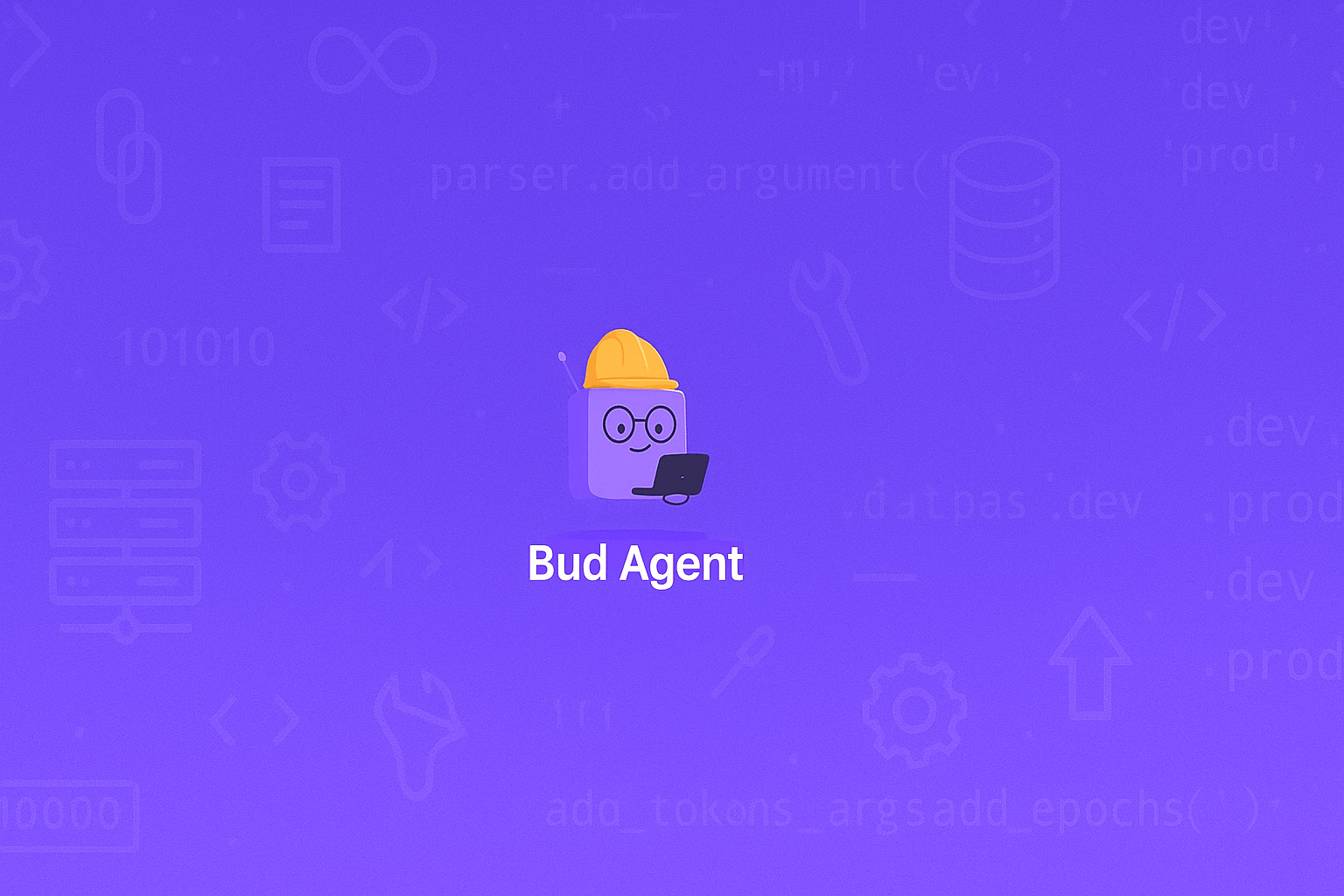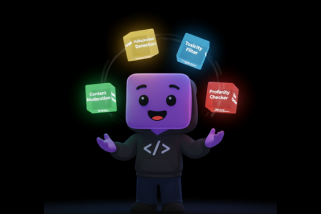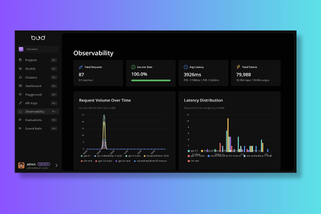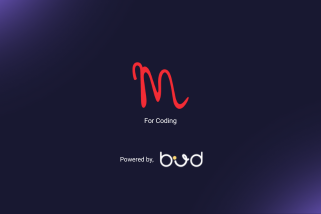Beyond the high costs associated with adopting Generative AI (GenAI), one of the biggest challenges organizations face is the lack of know-how to build and scale these systems effectively. Many companies lack in-house AI expertise, cultural readiness, and the operational knowledge needed to integrate GenAI into their workflows.
Based on a survey of over 125 C-suite executives, The EY report reveals that a lack of skilled talent remains a critical barrier to AI adoption. In a similar study by Deloitte, respondents cite lack of technical talent and skills as the single biggest barrier to Gen AI adoption. Only 22% of respondents believe their organizations are “highly” or “very highly” prepared to address talent-related issues related to Gen AI adoption.
Most begin with API-based services from providers like OpenAI or Anthropic for initial pilot projects. However, as they attempt to scale these solutions for production, they quickly realize the limitations—particularly in terms of cost, control, and long-term sustainability. Eventually, on-premises deployment becomes essential to meet ROI goals and comply with stringent security or data governance requirements. We’ve discussed this in detail in a previous article that explores why choosing on-premises over cloud may be the better option for your GenAI deployments.
Yet, hosting and maintaining GenAI infrastructure on-premises presents another layer of complexity. It demands a broad range of specialized roles—data scientists, ML engineers, prompt engineers, DevOps professionals, and domain experts. These roles are not only expensive and in short supply, but they are also difficult to integrate into traditional enterprise structures.
Until this challenge is addressed, the true democratization of GenAI will remain out of reach. Most organizations simply won’t have the resources or capabilities to use GenAI at scale. So, the critical question remains: how do we solve this?
Why Can’t GenAI Automate Itself?
We’ve seen Generative AI transform workflows across industries—automating software development, document analysis, business operations, and more. So we asked ourselves a simple question:
If GenAI can automate so many complex tasks, why can’t it automate itself?
What if GenAI could handle its own lifecycle—automating model deployment, creating intelligent agents, optimizing performance, and even conducting security analysis? If these tasks could be automated by GenAI itself, the biggest barrier to adoption—technical complexity—would effectively disappear.
Imagine a system where organizations no longer need deep AI expertise to build, scale, or manage GenAI. This would fundamentally democratize access, enabling companies of all sizes to unlock the full value of GenAI without specialized teams.
Is such an agent possible? Yes—and we built it.
The Bud Agent
Bud Agent is an intelligent agent we’ve built into the Bud Runtime to radically simplify and automate the end-to-end management of Generative AI systems. It’s purpose-built to eliminate technical barriers and make GenAI truly accessible to everyone—regardless of technical expertise.
Bud Agent can create, fine-tune, deploy, maintain, and scale GenAI infrastructure, models, services, tools, and agents. What sets it apart is its usability: even non-technical managers can use Bud Agent to create prompts, determine ideal deployment SLOs, manage Kubernetes or Red Hat OpenShift clusters, run production-grade GenAI systems—all without needing any technical background.
How It Works
Bud Agent enables users to interact with complex GenAI infrastructure using simple natural language. A user can ask Bud Agent to check the status of a deployment, make configuration changes, or perform operational tasks—without the need for any technical know-how.
Behind the scenes, Bud Agent translates these natural language instructions into the appropriate Kubernetes or OpenShift commands. It then executes them within the system to either retrieve the requested information or carry out the specified action.
Once complete, Bud Agent presents the results back to the user in a clear, easy-to-understand format—whether it’s a summary of the current infrastructure state or confirmation of the action performed. This seamless interaction abstracts away the complexity of infrastructure management, allowing even non-technical users to operate and control production-ready GenAI systems with confidence.
Bud Agent is already capable of creating and managing GenAI infrastructure across a wide range of hardware platforms, including Intel (Xeon & Gaudi), AMD (EPYC & MI300 series), and all NVIDIA GPUs. This broad hardware support ensures that Bud Agent can seamlessly deploy and scale GenAI systems across various environments, optimizing performance regardless of the underlying infrastructure.
Bud is an ever-evolving universal agent.
Bud Agent is not just about automating tasks—it continuously learns and improves. Imagine a system where the model can autonomously identify its own shortcomings, generate synthetic data to address those gaps, and carry out adapter-based post-training. Once retrained, it evaluates its own performance, and if the results meet defined thresholds, it seamlessly transitions into production—serving inference for queries that match the specific problem it was retrained to solve.
This forms a self-evolving, self-learning loop where the model incrementally adapts to user needs and aligns more closely with human preferences over time. While such a system may seem like a deep LLM architecture challenge, it can also be viewed through a simpler lens: as an infrastructure problem.
Bud Agent is built with this perspective in mind. It enables these autonomous learning cycles by orchestrating the underlying infrastructure, allowing models to evolve intelligently without human intervention.
As infrastructure, models, and deployment strategies change, Bud stays ahead—adapting its capabilities to support new tools, frameworks, and workflows. It’s designed to operate across environments, domains, and use cases, making it universally applicable—from small-scale prototypes to complex enterprise systems.
Whether it’s integrating new GenAI services, optimizing resource usage, or responding to emerging security and compliance requirements, Bud is always learning, always improving, and always ready.
The Possibilities
Technically, anything your DevOps engineers typically do using container orchestration platforms can be automated with Bud Agent. This includes automating tasks like deployment, scaling, and the management of containerized applications across clusters of machines.
For instance, if you need to check the current status of all deployments, list of nodes, node information, generate a report on resource utilization, or track deployments across different clusters, you can simply ask Bud Agent in natural language. It will instantly retrieve and present the information you need.
But it doesn’t stop there. Bud Agent can also perform actions like scaling or deleting deployments, all at your command. No technical expertise is required—just a simple request, and Bud Agent handles the rest. Let’s explore a few examples in the video below to see how this works in practice.
Future outlook
Currently, Bud Agent excels at automating the management of GenAI systems, but the management of SLOs still requires human oversight. However, with upcoming updates, Bud Agent will evolve to not only build agents and use cases autonomously but also take full responsibility for managing its SLOs.
This advancement will bring even greater levels of automation, allowing Bud Agent to handle complex operational tasks end-to-end, further reducing the need for manual intervention and making GenAI systems even more self-sufficient.











.png)


